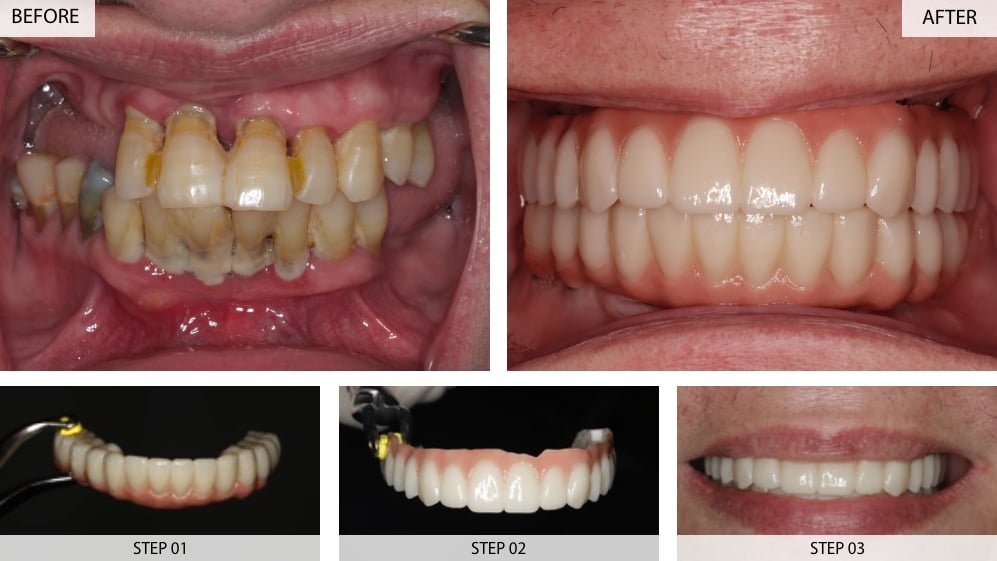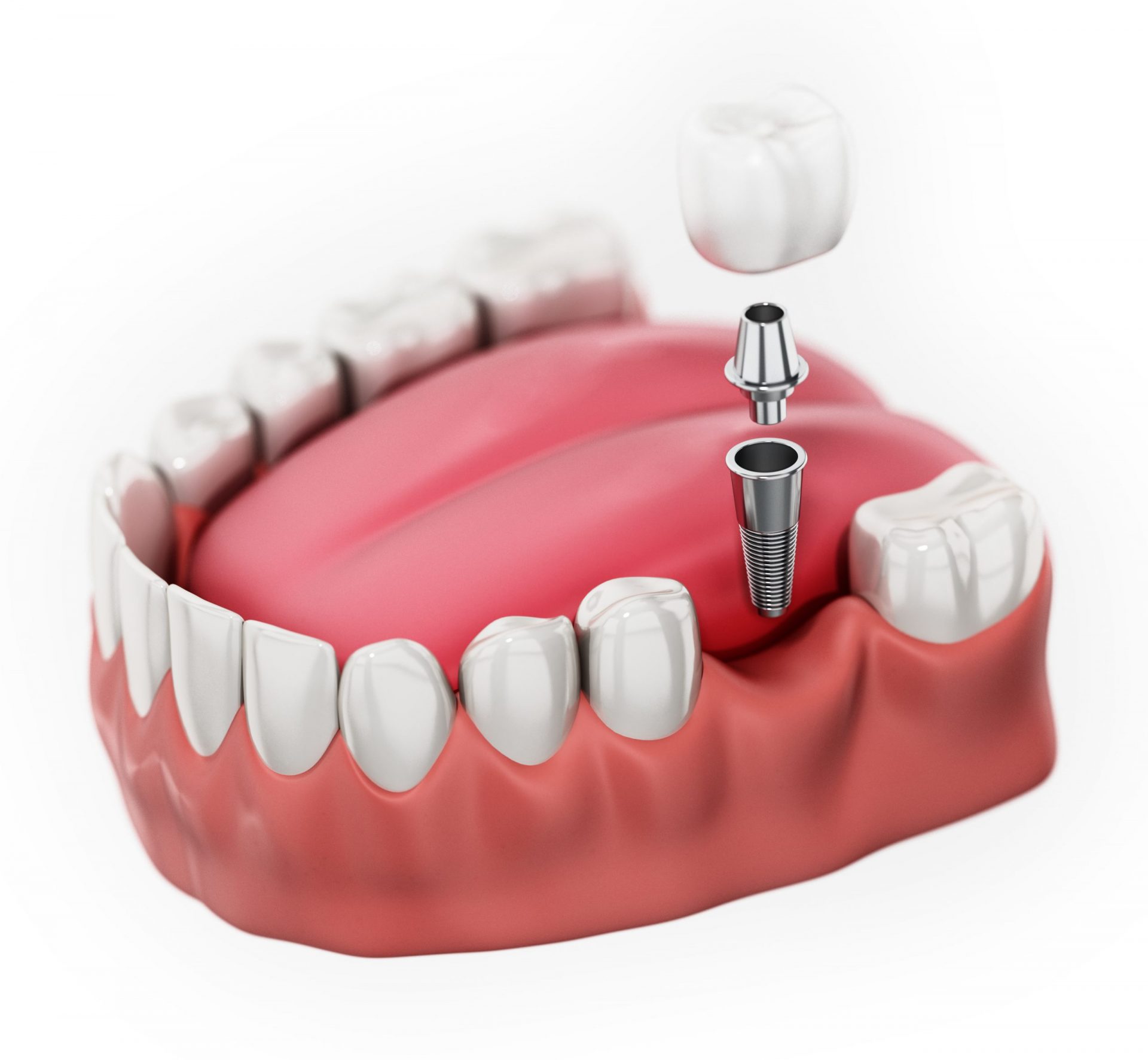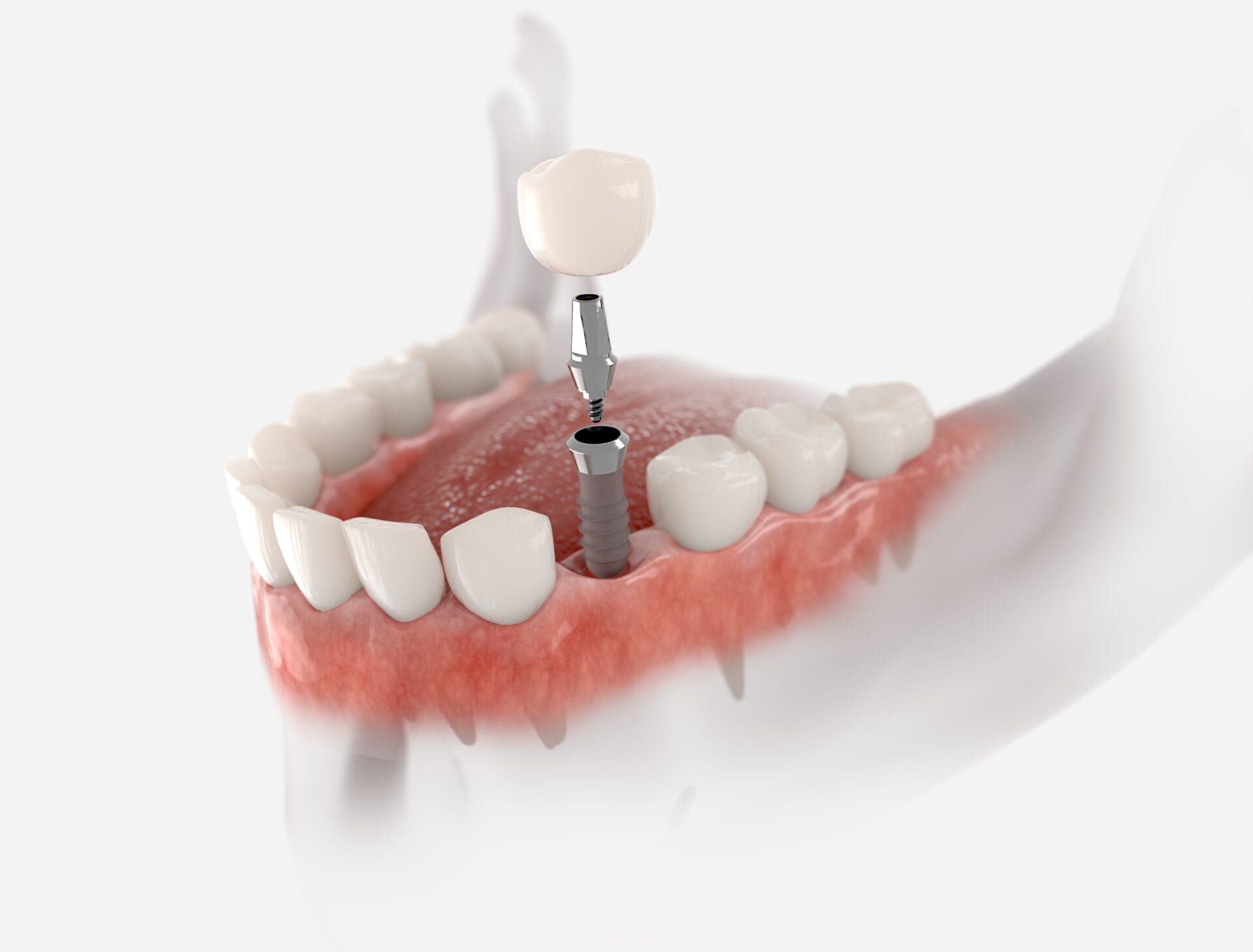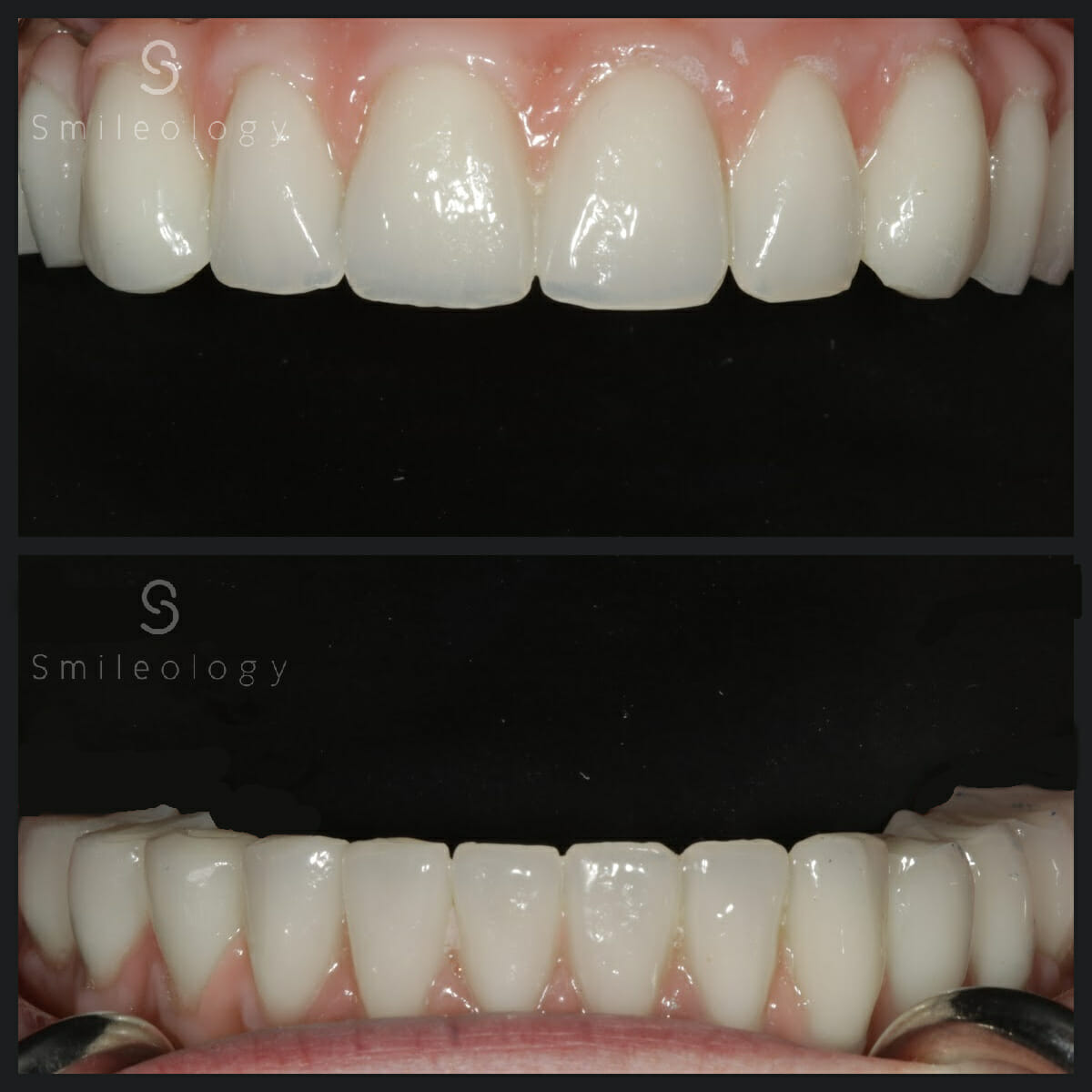Your Course to a Brighter Smile: Dental Implants Kent Solutions
Your Course to a Brighter Smile: Dental Implants Kent Solutions
Blog Article
Experience the most recent Advancements in Oral Implants Technology
As the area of dental care continues to develop, the improvements in oral implant technology have been nothing brief of impressive. The assimilation of innovation is changing the capability of dental implants, assuring enhanced results and person contentment.
Advanced Materials for Improved Longevity
In the world of dental implants technology, the assimilation of innovative products has substantially contributed to enhancing durability and longevity of these critical oral prosthetics. The usage of materials such as titanium alloys, zirconia, and ceramic compounds has actually transformed the field by supplying enhanced resistance, biocompatibility, and toughness to deterioration.
Titanium alloys are extensively utilized in oral implants as a result of their remarkable strength-to-weight ratio, corrosion resistance, and compatibility with the human body. These alloys make certain the stability and durability of the implant by withstanding the pressures put in throughout eating and speaking, providing a dependable option for people looking for sturdy tooth replacements.
Zirconia, a sort of ceramic material, has acquired popularity for its biocompatibility and natural tooth-like look. Its high stamina and resistance to put on make it an appropriate selection for oral crowns and bridges, boosting the total appearances and performance of the implant.

Digital Imaging for Precise Positioning
The evolution of oral implants innovation has better advanced with the assimilation of digital imaging strategies, making certain specific positioning of these prosthetics for ideal functional and aesthetic end results. Digital imaging plays a critical function in the preparation and placement of oral implants by offering detailed 3D pictures of the client's jawbone structure. This technology allows dental experts to assess bone thickness, situate essential structures, and prepare the precise setting and angle for implant placement with exceptional precision.
By utilizing digital imaging, dental professionals can create virtual surgical guides that work as a roadmap throughout the dental implant placement procedure. These overviews are personalized for each person, taking right into account their special composition and the wanted end result. This level of precision not just improves the success price of oral implant procedures however likewise minimizes the danger of problems.
In addition, digital imaging makes it possible for dental professionals to picture the final prosthetic reconstruction prior to the real positioning of implants, enabling thorough planning and guaranteeing that the outcome satisfies the patient's aesthetic expectations. In general, the combination of electronic imaging modern technology has actually transformed the field of oral implants, offering clients a much more predictable, efficient, and patient-specific treatment strategy.

Minimally Intrusive Surgical Techniques


Developments in medical techniques have caused the advancement of minimally invasive methods in the area of oral implantology. These techniques intend to lower trauma to the client, shorten recovery times, and improve total treatment end results. Minimally invasive surgical procedures include smaller lacerations, specialized tools, and advanced imaging technologies to precisely put dental implants with minimal disruption to bordering cells.
One secret facet of minimally intrusive strategies is the usage of assisted surgical procedure, where 3D imaging and computer-aided style software application are utilized to prepare the implant placement with great precision. This permits for an extra predictable outcome and can commonly get rid of the demand for extensive flap surgical procedure.
Additionally, developments in products and implant style have actually also contributed to the success of minimally intrusive approaches. Implants with enhanced surface buildings promote quicker osseointegration, minimizing the recovery time called for prior to the prosthetic repair can be positioned.
3D Printing for Customized Solutions
Using 3D printing technology in oral implantology permits for the development of highly personalized services tailored to individual client needs and anatomical variations. This innovative innovation enables dental experts to make and fabricate oral implants with extraordinary accuracy and precision. By utilizing digital imaging techniques, such as cone beam calculated tomography (CBCT), comprehensive 3D versions of the client's mouth can be generated to direct the implant intending procedure.
Among the crucial advantages of 3D printing in dental implantology is the capability to create patient-specific implants that flawlessly fit the distinct anatomy of each individual. This tailored strategy helps boost the total success and long life of the dental implant by making certain ideal fit and alignment. Additionally, 3D printing permits the manufacturing of complex geometries and complex structures that would be difficult or difficult to attain using conventional production techniques.
In addition, 3D printing modern technology enables dental practitioners to streamline the implantation process, reducing surgical procedure time and enhancing total individual experience. With its capacity to produce personalized solutions promptly and effectively, 3D printing is reinventing the area of dental implantology, offering individuals ingenious therapy options and boosted outcomes.
Integrated Modern Technology for Improved Performance
Executing i thought about this innovative innovation in dental implantology boosts functionality and accuracy, boosting the standard of care for clients undergoing implant treatments. Integrated innovation plays a crucial duty in improving the general success and sturdiness of oral implants.
Additionally, the assimilation of computer-aided style and computer-aided manufacturing (CAD/CAM) technology makes it possible for the development of custom dental implant repairs with phenomenal accuracy. CAD/CAM systems make use of electronic impressions to develop prosthetics that perfectly fit the individual's one-of-a-kind makeup, making certain optimal convenience and capability. In addition, the use of robotic-assisted surgical treatment in implant placement improves precision and minimizes the risk of human error.
Verdict
To conclude, the most up to date developments in oral implants innovation deal improved toughness via advanced materials, precise placement with digital imaging, minimally invasive surgical you can try this out techniques, personalized solutions with 3D printing, and enhanced capability with incorporated technology - Dental implants Kent. These innovations in dental implants modern technology are transforming the field and giving patients with more reliable and efficient treatment alternatives for recovering their smiles and oral health
The combination of innovation is changing the performance of oral implants, promising boosted end results and client fulfillment.
The evolution of dental implants technology has actually additionally advanced with the integration of electronic imaging techniques, making sure precise placement of these prosthetics for optimal practical and visual results. Minimally intrusive surgical treatments entail smaller sized incisions, specialized instruments, and progressed imaging technologies to exactly position dental implants with marginal disturbance to surrounding tissues.
Implementing advanced go now technology in oral implantology improves capability and precision, elevating the standard of treatment for individuals going through dental implant procedures. Dental implants Kent. Integrated modern technology plays an essential function in improving the general success and resilience of oral implants
Report this page